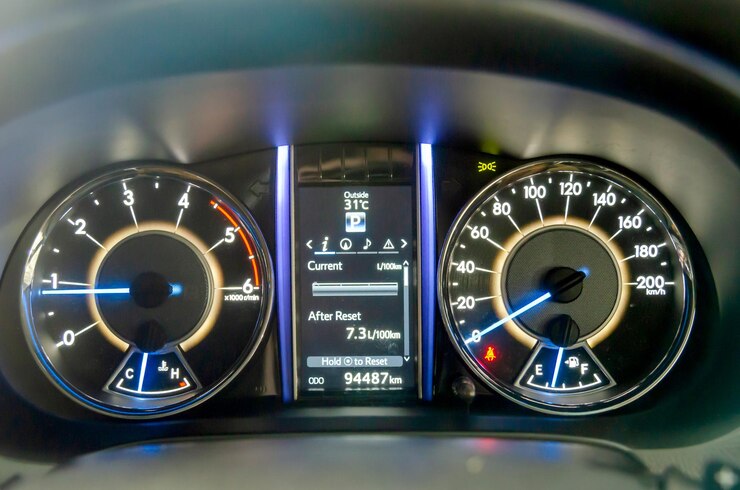The engine rev limit warning light is a crucial indicator that appears on the dashboard when the engine’s rotational speed exceeds the safe operating limits. Excessive engine revving can lead to potential damage to various engine components, compromising performance and reliability. Understanding the causes behind the engine rev limit warning light and troubleshooting the issue promptly can help prevent further damage. In this article, we will provide a troubleshooting guide to address engine rev limit warning lights effectively.
Causes of Engine Rev Limit Warning Lights:
- Over-Revving the Engine: The most common cause of the engine rev limit warning light is over-revving the engine beyond its specified limits. This can occur when the driver downshifts improperly, keeps the throttle open for an extended period, or fails to shift gears appropriately. Over-revving puts excessive stress on the engine’s components and may result in severe damage.
- Faulty Throttle Position Sensor: The throttle position sensor (TPS) measures the position of the throttle valve and communicates the information to the engine control unit (ECU). If the TPS malfunctions or sends incorrect signals, the ECU may interpret it as the throttle being fully open even when it is not, triggering the engine rev limit warning light.
- Malfunctioning Engine Control Unit: The engine control unit is responsible for managing various engine functions, including controlling the rev limit. If the ECU malfunctions or experiences a software glitch, it may incorrectly interpret the engine speed or throttle position, leading to the activation of the rev limit warning light.
- Ignition System Issues: Problems within the ignition system, such as a faulty ignition coil, spark plugs, or ignition module, can disrupt the combustion process and cause irregular engine revving. This can trigger the rev limit warning light.
- Fuel Delivery Problems: Insufficient fuel supply or a malfunctioning fuel pump can result in a lean fuel-air mixture, causing the engine to run at higher RPMs than intended. This can trigger the rev limit warning light.
Troubleshooting Engine Rev Limit Warning Lights:
- Reduce Engine Load: If the engine rev limit warning light illuminates, immediately reduce the engine load by easing off the throttle. Avoid aggressive acceleration or high RPMs until the issue is resolved.
- Check Throttle Position Sensor (TPS): Inspect the TPS for any signs of damage or corrosion. Use a multimeter to test its resistance and voltage output according to the manufacturer’s specifications. If the readings are outside the acceptable range, replace the TPS.
- Inspect the Ignition System: Check the ignition system components, including the ignition coil, spark plugs, and ignition module, for signs of damage or wear. Replace any faulty components as necessary.
- Verify Fuel Delivery: Ensure that there is a proper fuel supply to the engine. Check the fuel pump for functionality and inspect the fuel lines for any blockages or leaks. If any issues are found, address them accordingly.
- Reset the Engine Control Unit (ECU): Disconnecting the vehicle’s battery for a few minutes can reset the ECU and clear any stored error codes. This may resolve minor software glitches that triggered the rev limit warning light. However, note that disconnecting the battery may reset other vehicle settings, so consult your vehicle’s manual for specific instructions.
- Seek Professional Assistance: If the rev limit warning light persists or if you are unable to identify and address the issue, it is advisable to seek professional help from a qualified mechanic or authorized service center. They have the expertise and diagnostic equipment to pinpoint the exact cause and provide a comprehensive solution.
The engine rev limit warning light indicates that the engine’s rotational speed has exceeded safe limits. Understanding the potential causes and troubleshooting the issue promptly can help prevent further damage to engine components. By reducing engine load, inspecting the throttle position sensor, verifying the ignition system, checking fuel delivery, resetting the ECU, and seeking professional assistance when needed, you can effectively address engine rev limit warning lights and ensure the continued performance and longevity of your vehicle’s engine.











